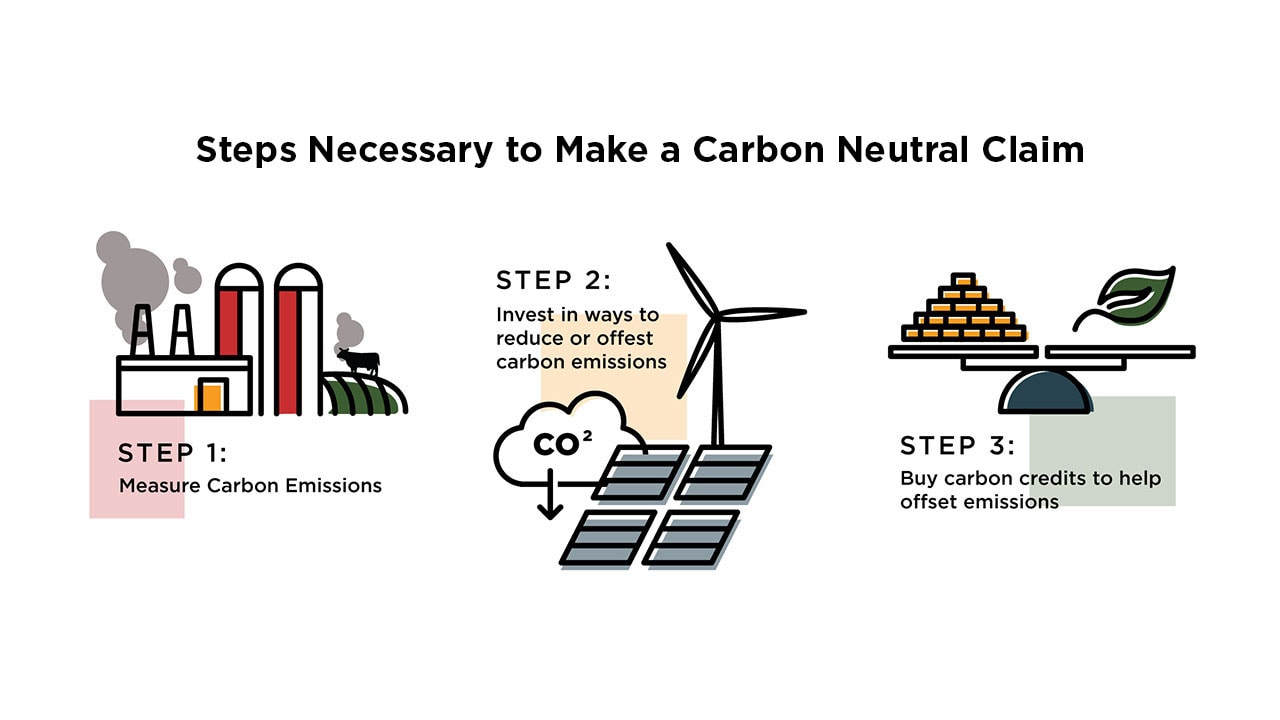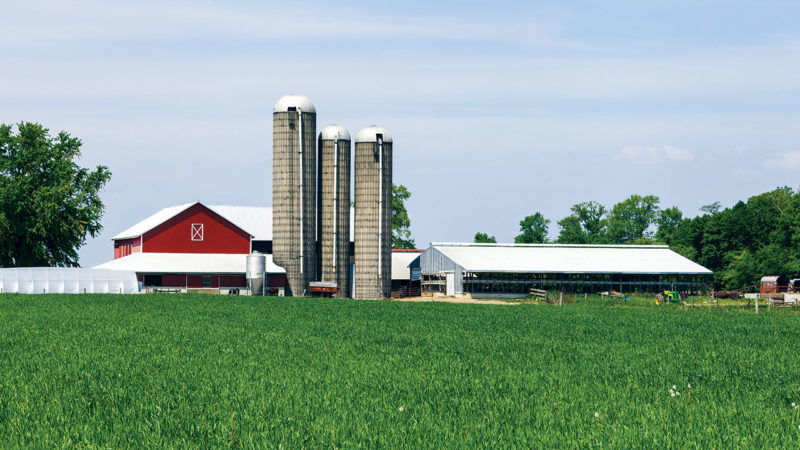Last Updated on January 29, 2022
What does it mean to make a “carbon neutral” or “net-zero emissions carbon footprint” commitment? It means the company is eliminating or capturing as much greenhouse gas as it creates.
At ButcherBox, we’re not pursuing a carbon neutral commitment. Why? We’ll share the research that led us to this path in a later post, but first, let’s walk through the how. Companies make carbon neutral claims by measuring, reducing, and offsetting those emissions.
Measuring Carbon Emissions
Companies first need to understand how much carbon their business emits. For a food and beverage company like ButcherBox, these emissions could include everything in a product’s life cycle, from farm to final consumer, and all of the transportation in between. As you might guess, the emissions can become quite numerous and extensive. This is where the three scopes from the Greenhouse Gas Protocol that we discussed in our first post come in. Governments, businesses, and organizations around the world use this framework. It’s also what we use at ButcherBox.
The GHG Protocol includes accounting standards for each scope. It details how a company must consider and quantify its associated emissions. It also suggests using a verified third party to conduct or audit their GHG accounting. This way, companies don’t miss or incorrectly calculate anything.

Identifying Ways to Reduce Emissions
Once a company has worked through the GHG Protocol guidance and identified its total GHG emissions, there are two options: reduce or offset those emissions. Reduction might look like a commitment to purchase renewable energy (e.g., wind or solar) or identifying efficiencies that result in fewer emissions (e.g., cutting truckloads in half by improving packaging and fitting twice as many goods on a truck).
Purchasing Carbon Offset Credits
Most companies seeking a carbon neutral certification will likely need to purchase carbon offset credits. This could be for two reasons: one, it can be very costly to take on reduction projects, and secondly, and regardless of cost, there is a limit to how much you can reduce emissions. (This is assuming companies are using emissions from scopes 1, 2, and key categories of scope 3 to make this claim.) A voluntary carbon offsets market is quickly taking shape in the U.S. (some countries operate in more established compliance markets) to handle such transactions. If a company wants to offset 500 tons of carbon, it can buy 500 carbon credits to offset those emissions. One carbon credit is the equivalent of 1 ton of carbon captured and stored.
The most common example of offset credits is tree planting or forestation projects. Other less well-known projects include Running Tide, which uses kelp to collect and store carbon, and Mission Zero, which uses an electrochemical process to remove CO₂ from the air. The carbon offsets market, particularly the voluntary market, is heavily criticized because of the lack of consistency in the approval process. Companies need to do their due diligence if they want to buy credits that ensure long-term removal of carbon from the atmosphere.
The Process Is Not as Simple as It Looks
The certification process may seem clear-cut when it’s broken down into these three steps. However, there’s more to each one, especially when it comes to purchasing carbon credits. There’s a lot of shortcuts we uncovered when exploring the carbon neutral claim process. This led us to being more mindful about how we approach this work.
Tune in to our next post where we’ll dig deeper into some of the nuances of the certification. You’ll learn how companies can claim carbon neutrality—and how that might vary—depending on the certification they choose.
Check out the next post: “Avoiding Shortcuts to a Carbon Neutral Claim.”




